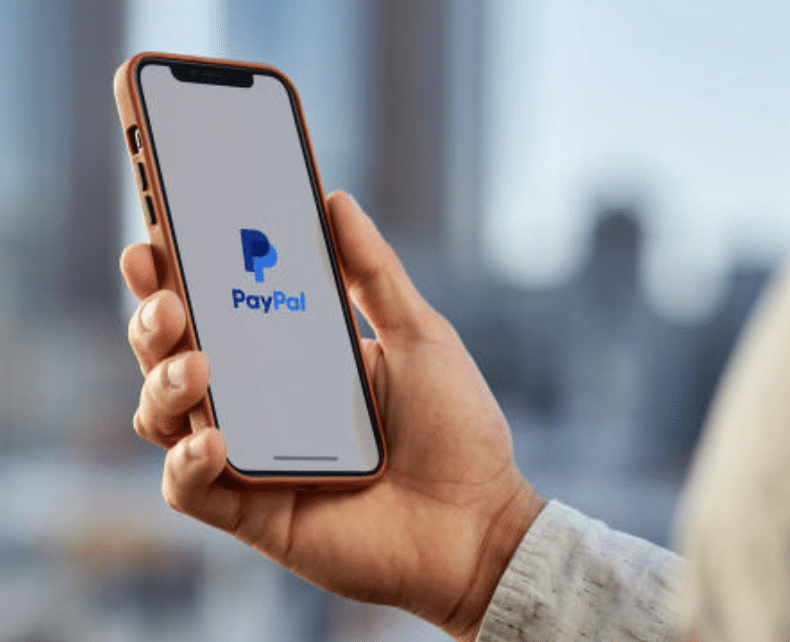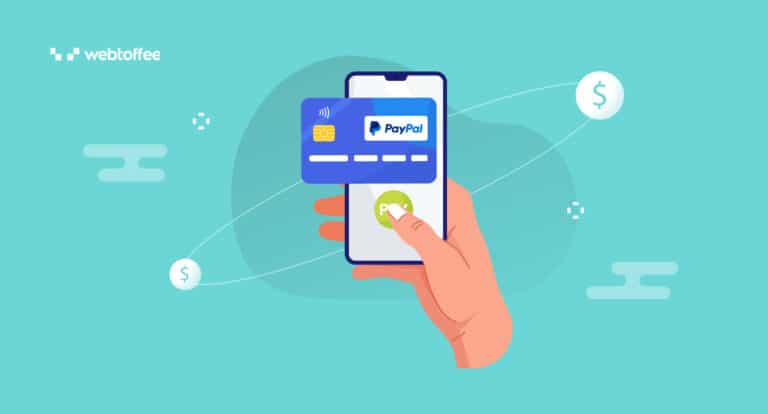If you’ve ever found yourself eagerly checking your PayPal account after a successful sale, only to be met with the unexpected frustration of funds on hold, you’re not alone. PayPal’s practice of placing money on hold can be inconvenient for users, impacting the seamless flow of transactions.
In this blog, we’ll delve into the reasons behind why your PayPal money might be on hold and, more importantly, provide you with practical solutions to navigate and resolve this common challenge. Let’s unravel the mystery behind PayPal holds and discover the steps to regain control of your funds.

Understanding the reasons for PayPal to unexpectedly put funds on hold allows you to navigate the online payment landscape more effectively.
Security Measures
PayPal takes your financial security seriously, implementing measures to prevent fraud and unauthorized transactions. At the forefront of PayPal’s priorities is ensuring the security of its users. To combat fraud and unauthorized transactions, PayPal employs robust security measures. When an account displays unusual activity, PayPal may temporarily hold funds as a precautionary measure.
New Seller or New Account
If you’re a new seller with PayPal or have recently opened a new account, it’s important to recognize that building a positive reputation takes time. PayPal, as a trusted payment platform, implements measures to protect both buyers and sellers. For new accounts, the system may place funds on hold until a consistent selling history is established.
High-Risk Accounts
Accounts exhibiting sudden and significant changes in transaction patterns may raise red flags for PayPal’s risk assessment algorithms. In such cases, funds could be placed on hold until the platform can verify the legitimacy of the account.
Selling Inactivity
Another scenario that triggers PayPal holds is when there has been a prolonged period of inactivity in your selling endeavors. If you haven’t sold anything for a while, re-establishing a positive reputation may take time. PayPal is diligent in ensuring the security of transactions, especially when dealing with dormant accounts.
Customer Issues and Refund Requests
Multiple customer-reported problems or an influx of refund requests can also prompt PayPal to place funds on hold. It is advisable to actively address and resolve issues with customers to maintain a positive seller reputation and minimize the likelihood of holds due to disputes.
Unusual Selling Patterns
PayPal closely monitors selling patterns, and any unexpected changes may trigger holds. Unusual patterns could include a sudden surge in sales, a shift in business type, or alterations in average selling prices or the types of items being sold. Keeping your selling patterns consistent can help prevent holds associated with abrupt changes.
Unusual Transactions
Large or irregular transactions that deviate from a user’s typical behavior may trigger PayPal’s risk management protocols. The platform may opt to place funds on hold until the legitimacy of these transactions can be verified, safeguarding the integrity of the financial ecosystem.
Selling Higher-Risk items
Certain items are deemed higher risk by PayPal, and selling them may lead to funds being put on hold. Items such as event tickets, consumer electronics, travel packages, and gift cards fall into this category. Being aware of the risk associated with these items allows sellers to navigate potential holds more effectively.
If you find your PayPal payments on hold, take these steps for a speedy resolution:
Log In and Check for Options
Log in to your PayPal account and check if there’s an option to release your held payments. If not, PayPal may hold funds for up to 21 days.
Release with Tracking
For physical goods, add tracking using an approved carrier. PayPal will release the hold about 24 hours after the courier confirms delivery to the buyer’s address.
Update Order Status for Services
If the held payment is for a service or intangible item, such as piano lessons or a web development service, update the order status to “Completed.” PayPal will release the hold seven days after you confirm the order status.
Be Aware of Rare Cases
In rare instances, PayPal might still hold the payment for up to 21 days, even after completing the above steps. This could occur if there’s an unusual change in your selling patterns.
By following these straightforward steps, you can often expedite the release of your PayPal payments and minimize disruptions to your business.
Experiencing holds on your PayPal funds can be a source of frustration for any seller. To prevent this issue effectively, consider the following:
Verification and Documentation
Complete the account verification process on PayPal to build trust and credibility. A verified account is less likely to face holds. Follow PayPal’s guidelines for document submission. This may include proof of identity, address verification, or business documentation. Provide clear and accurate information to expedite the verification process.
Improve Account Reputation
Strive to maintain a positive transaction history on PayPal. Consistently deliver excellent customer service, fulfill orders promptly, and maintain open communication with buyers.
Understand PayPal Policies
Familiarize yourself with PayPal’s policies and guidelines to prevent unintentional violations. Regularly review and stay informed about any updates or changes in policies.
To add tracking information or update the order status on PayPal, follow these simple steps:
Step 1: Go to Your Activity: Log in to your PayPal account and navigate to the “Activity” section.
Step 2: Find the Purchase: Locate the specific purchase you want to update in the transaction history. Click on it to view more details.
Step 3: Click “Get Your Money”: Within the transaction details, find the option labeled “Get your money” and click on it.
Step 4: Choose “Product” or “Service or Virtual Product”: If you sold a physical product, select “Product” to add tracking information or print a shipping label. If you sold an intangible item or service, choose “Service or virtual product” to update the order status.
Step 5: Add Tracking Information or Update Order Status: For physical products, you’ll have the option to add tracking information. Follow the prompts to enter the relevant tracking details. For intangible items or services, you can update the order status to “Completed,” “Pending,” or “Cancelled” based on the current status of the transaction.
Step 6: Click “Submit”: After adding tracking information or updating the order status, click the “Submit” button to save the changes.
By following these steps, you can easily provide tracking information for shipped products or update the order status for services or virtual items on PayPal. Keeping your transaction details accurate and up-to-date helps ensure a smooth and transparent experience for both you and your customers.
Conclusion
We’ve explored the reasons behind fund holds and provided practical steps to navigate and resolve these issues. Remember, completing the account verification process and building a positive account history is key to a smoother PayPal experience. Additionally, understanding and adhering to PayPal’s policies remain paramount.
By incorporating these insights into your selling strategy, you can minimize holds, foster trust, and create a more seamless transaction process for both you and your customers.



